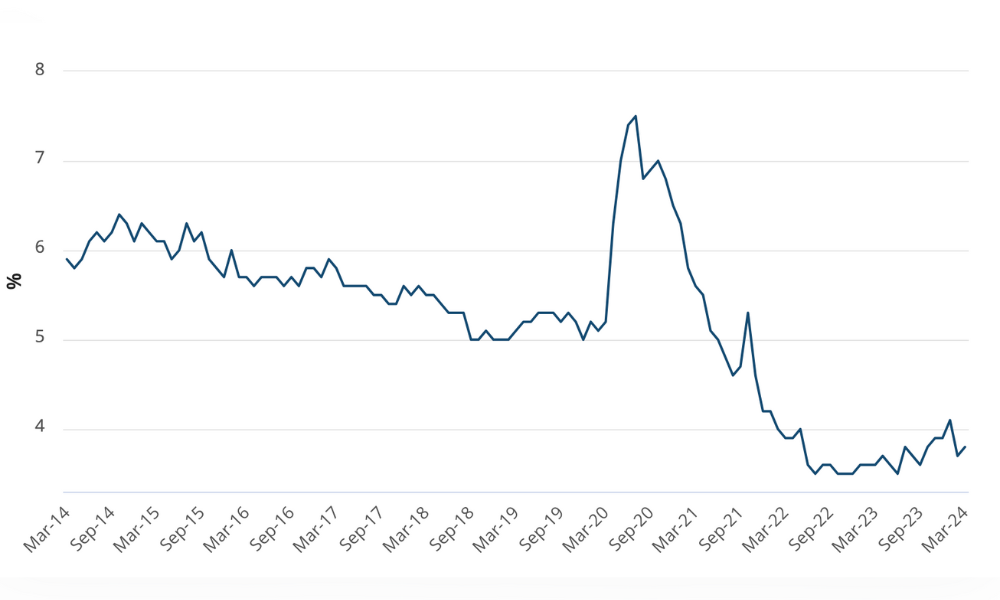IT COSTS a company $7000 to $10,000 extra to hire an employee if no sufficient recruitment plan is in place.
IT COSTS a company $7000 to $10,000 extra to hire an employee if no sufficient recruitment plan is in place.
According to a recent Chandler Macleod survey, six out of ten companies have no documented recruitment strategy, leading to thousands in unnecessary hiring costs.
The survey revealed that the average cost of hiring a new employee was $15,000, and drew a link between poorly defined recruitment strategies and increased costs.
“Companies that are doing it (recruitment) well and have five or six solid channels of candidates flowing to them are saving around $7000 to $10,000 per hire,” said Sue Healy, general manager for talent management services at Chandler Macleod. “For those that are not, the average cost is $15,000 per hire.”
Despite ongoing emphasis on the need for detailed innovative recruitment strategies, it was revealed that most HR departments see recruitment as a “distress purchase” and not something that needs to be planned for or factored into wider business planning.
Because they were finding it difficult to move away from traditional recruitment methods, companies were spending more time “fighting fires”than planning well, she said.
Healy says that while companies claim people are their most important asset, that is not reflected in their approach to recruitment and people management.
“Ownership of and accountability for recruitment are poor, recruitment processes outdated and the decision to recruit too often ad hoc and rushed,” she said
“It is disappointing to observe how little recruitment practices have evolved in the past 10 years and how few enterprises have an integrated recruitment strategy in place today,” she said.
“The recruitment carries significant tangible and intangible costs, and the best companies minimise these costs with sound recruitment strategies.”
Sixty-five per cent of survey respondents reported no structure to measure critical recruitment and selection outcomes such as retention, quality of hire, and cost and time to hire.
Only about 30 per cent of enterprises measured the satisfaction of their hiring manager after the recruitment assignment. Up to a third of respondents could not say how much their employer spent on recruitment.
Traditional channels – recruitment agencies (used by 92 per cent of firms), newspapers (88 per cent) and online job boards (79 per cent) – remain the most popular means used to attract candidates.
However, employee referral programs (ERPs) are increasingly common, and productive. As much as 73 per cent of respondents used ERPs, and 19 per cent of new hires were sourced in this way. Company websites were also widely used and considered to be effective.
Social networking forums, used by 23 per cent of respondents, have emerged as a niche recruitment channel, though their effectiveness is unclear.
“Employee referrals are proving to be an effective tool,” said Healy. “Best practice is 25 per cent of hires from ERPs and that equates to a 25 to 30 per cent reduction in the cost of hiring.”
Social networking sites such as Facebook and LinkedIn are an evolving recruitment channel, but Healy says firms seem cautious of overstepping the boundary between personal and work life.
Overall the research indicates that employers apply diverse strategies to assess and select potential candidates, but traditional practices remain the most popular.
“In analysing responses, we were surprised at how few employers are going beyond the simple basics of behavioural interviews and reference-checking in selecting candidates,” said Healy.
“For instance, 57 per cent of companies are using psychometric and ability testing to screen candidates. However, fewer companies are using innovative techniques such as 360-degree reference checking, which includes seeking input from peers, superiors and clients or external stakeholders.
“This may partly reflect increased numbers of appointments from within a company. However, it also suggests a lack of rigour in the recruitment process, poor accountability for hiring decisions, and perhaps a failure to adapt to new tools and strategies.”








